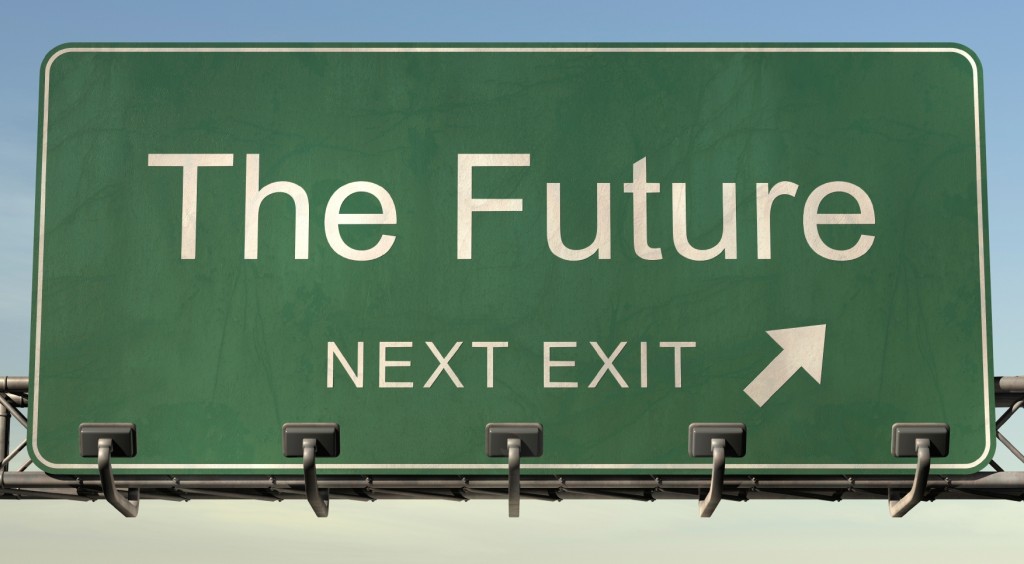Richard Dobbs writes: Four powerful forces are disrupting the global economy, upending most of our assumptions, such pronouncements on the future, shaped by intuitions based on the past, are even more likely to be wrong.
The first great disruption is the shift of economic activity to emerging-market cities. As recently as 2000, 95% of the Fortune Global 500 was headquartered in developed economies. By 2025, nearly half of the Fortune Global 500 companies will be based in emerging economies, with China home to more of them than the United State or Europe. Cities are at the vanguard of this shift. .
The second great disruption is the acceleration of technological change. While technology has always been transformative, its impact is now ubiquitous, with digital and mobile technologies being adopted at an unprecedented rate. It took more than 50 years after the telephone was invented for half of American homes to have one, but only 20 years for cellphones to spread from less than 3% of the world’s population to more than two-thirds. Facebook had six million users in 2006; today, it has 1.4 billion.
The third disruption is demographic. For the first time in centuries, our population could plateau in most of the world. Indeed, population aging, which has been evident in the developed world for some time, is now spreading to China and soon will reach Latin America.
The final disruption is the world’s increasing interconnectedness, with goods, capital, people, and information flowing ever more easily across borders. Not long ago, international links existed primarily among major trading hubs in Europe and North America; now, the web is intricate and sprawling. Capital flows among emerging economies have doubled in just ten years, and more than one billion people crossed borders in 2009, over five times the figure in 1980.
The resulting challenges – a host of new and unexpected competitors, volatility stemming from faraway places, and the disappearance of local jobs – are already overwhelming workers and companies.
According to McKinsey research, from 1990 to 2005, US companies almost always allocated resources on the basis of past, rather than future, opportunities.
The pace and scale of the current economic transformation is undoubtedly daunting. But there is plenty of reason for optimism. Inequality may be on the rise within countries, but it has dropped dramatically among them. Nearly a billion people were lifted out of extreme poverty from 1990 to 2010; another three billion will join the global middle class in the next two decades.
Keynes, unlike many of his contemporaries, recognized the forces at work in the economy, adjusted his thinking, and, crucially, was not afraid to be optimistic. We must do the same.

